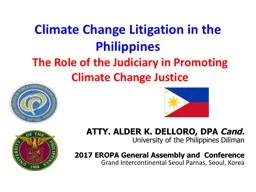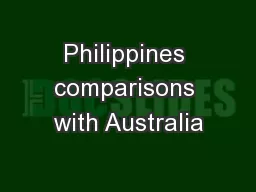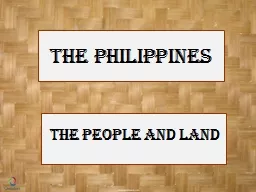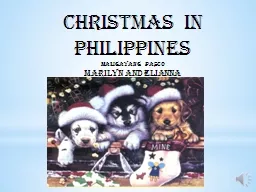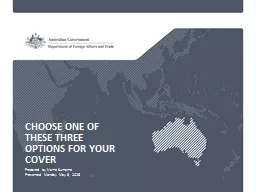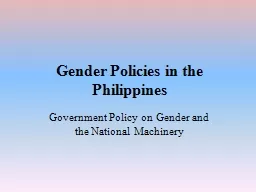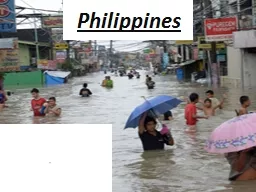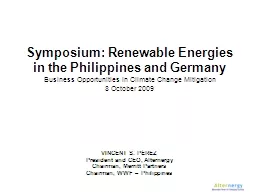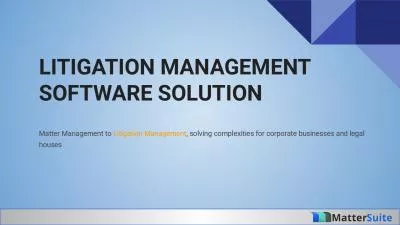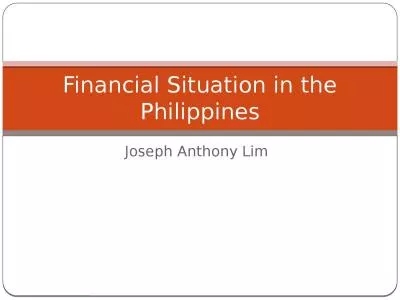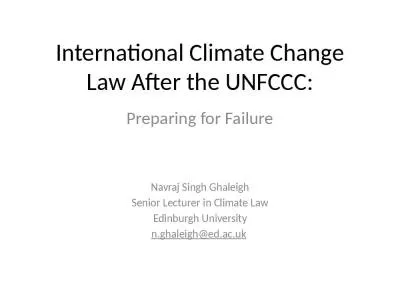PPT-Climate Change Litigation in the Philippines
Author : ryotheasy | Published Date : 2020-09-22
ATTY ALDER K DELLORO DPA Cand University of the Philippines Diliman 2017 EROPA General Assembly and Conference Grand Intercontinental Seoul Parnas Seoul Korea
Presentation Embed Code
Download Presentation
Download Presentation The PPT/PDF document "Climate Change Litigation in the Philipp..." is the property of its rightful owner. Permission is granted to download and print the materials on this website for personal, non-commercial use only, and to display it on your personal computer provided you do not modify the materials and that you retain all copyright notices contained in the materials. By downloading content from our website, you accept the terms of this agreement.
Climate Change Litigation in the Philippines: Transcript
Download Rules Of Document
"Climate Change Litigation in the Philippines"The content belongs to its owner. You may download and print it for personal use, without modification, and keep all copyright notices. By downloading, you agree to these terms.
Related Documents

